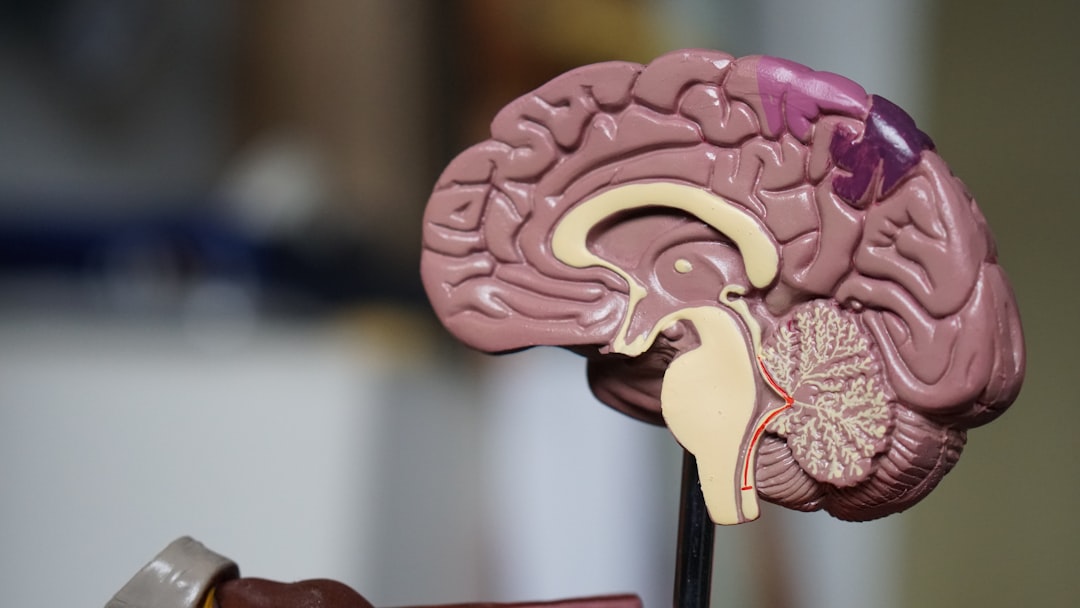What is it about?
In 2007 (prior to the transformation of our cataract service to a day-case unit) and 2014, 500 consecutive patients with cataract were asked to fill in a preoperative questionnaire addressing their maximum acceptable waiting time to undergo cataract surgery. The patients’ visual impairment (VF-14 score), education, and social status were evaluated as influencing factors. Waiting time for cataract surgery decreased by 1.7 months within the study period of 7 years, but patients' maximum acceptable waiting time remained stable with 3.2 months.
Featured Image
Why is it important?
Patients with poor tolerance of waiting had greater self-reported difficulty with vision. Social support was also a strong predictor from the patients’ perspective. The VF-14 score had a greater impact than clinical visual acuity testing. Patients' maximum acceptable waiting time seems to be 3 months Independent from the real waiting time.
Perspectives
It was a very interesting experience, that although the actual waiting time for cataract surgery was significantly reduced (5.3 months in 2007 to 3.6 months in 2014), patients' maximum acceptable wainting time remained stable at 3.2 months.
Dr. Birgit Weingessel
KH Hietzing, Vienna, Austria
Read the Original
This page is a summary of: Patients’ maximum acceptable waiting time for cataract surgery: a comparison at two time-points 7 years apart, Acta Ophthalmologica, March 2017, Wiley,
DOI: 10.1111/aos.13439.
You can read the full text:
Contributors
The following have contributed to this page










